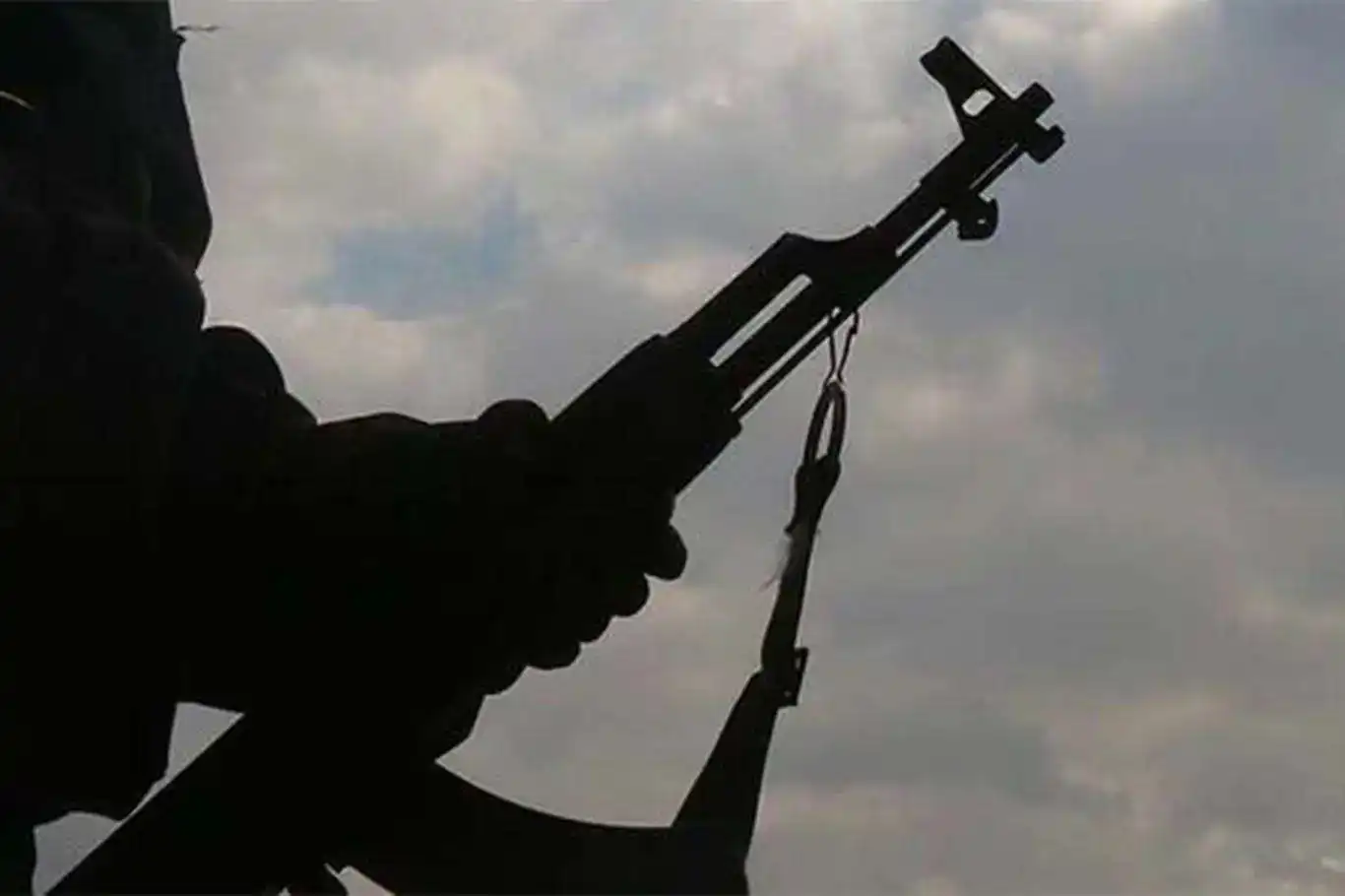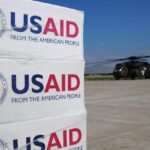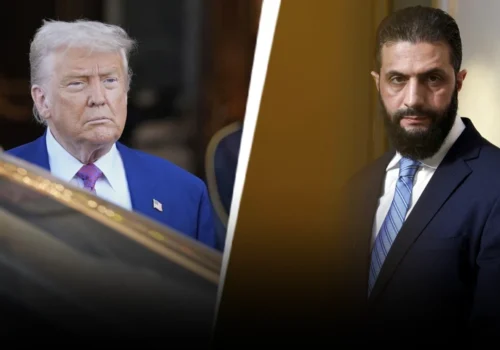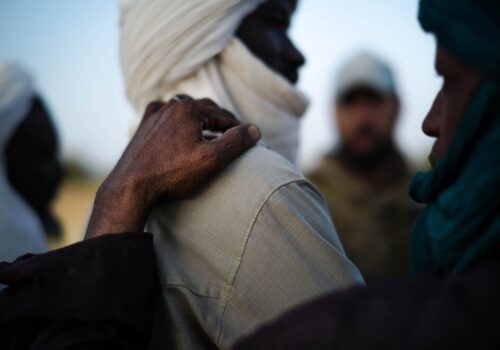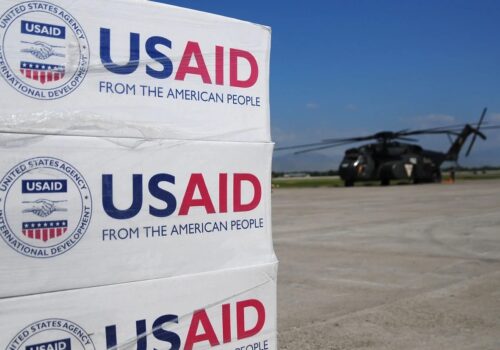Even though PKK’s decision to lay down its arms and dissolve its organization, announced on May 12, 2025, may appear to be an end on the surface, when examined in detail, it is actually a multi-layered strategy of repositioning. This step should be interpreted as a milestone where the organization not only withdraws from the mountain but also restructures its ideological identity, discourse production, and regional positioning.
With this decision, PKK withdrew from areas of direct confrontation and moved towards controllable but highly visible spheres of influence. This tendency represents a transition to a polycentric and flexible power organization rather than a classical armed organization formation.
Initially set out with a Marxist-Leninist ideological line, the organization gradually added ethnic identity-based Kurdish nationalism to this ideological structure and created a new form of legitimacy on the grounds of “national leftism”. However, this hybrid structure was further pragmatized in the 2000s. Thus, the classical guerrilla logic, in which armed struggle was at the forefront, left its place to a post-modern power aesthetic constructed in the media, diaspora, civil society, and academia.
Furthermore, this transformation is also a redefinition of the ground on which the organization has created itself. The new narrative created with concepts such as “democratic solution” and “self-governance” has become a tool for ideological dissemination in environments where armed violence cannot be legitimized. Hence, PKK has evolved into a multi-actor, multi-layered entity on the discourse level. This transformation makes the organization itself a new hybrid actor, less visible but more influential.
The influence of the YPG in this transformation is critical. The vacuum created by the Syrian civil war opened the doors of international legitimacy for PKK. With direct arms and logistical support from the US, the YPG’s rise to prominence led to ideological dissolutions within PKK’s internal hierarchy and rivalries between Qandil and the YPG. The YPG’s positioning as a pragmatic Western ally broke PKK’s traditional ideological shell. As a result, even the figure of Öcalan appears to have less influence on the ground in Syria.
These developments have transformed PKK from a classical guerrilla organization into a structure that manipulates regional power relations and establishes dominance by infiltrating political gaps. The basic logic of this structure is now based on control rather than revolution, and area management rather than people’s war. With its headquarters in Qandil, the political pool in Makhmur, the propaganda apparatus in Europe, and the semi-autonomous structure in Syria, PKK has become a fragmented but interconnected interest organization.
Likewise, the YPG’s activities under the shield of international legitimacy allowed the organization to expand its sphere of influence without directly engaging in armed conflict. Thanks to this, PKK has evolved into a hybrid power center that claims to be a regional actor. Thus, the organization began to pursue its strategy of gaining a permanent place in the regional conflict geography through a structure that exploits power vacuums rather than direct conflict.
PKK's new face evolves from visibility to impact
Despite the organization’s decision to lay down arms, announced on May 12, 2025, indicating the end of PKK’s classical armed struggle phase at the institutional level, this step is in fact the final stage of a structural change. The weapon is no longer the organization’s primary raison, but a symbolic means of positioning. With its de facto withdrawal from the battlefield, the organization has begun the process of reasserting itself through the media, diaspora, political extensions, and academic/ideological fields.
This situation shows that the organization has moved away from its claim of being a “revolutionary people’s movement” on the one hand, and is facing an unresolved existential crisis. Today, PKK acts with pragmatic rather than ideological reflexes. Moreover, PKK has turned itself into a post-organizational structure that operates a “sphere of influence” built around Kurdish nationalism. This structure is similar to an organization that gains power through discourse production. Furthermore, it seeks to establish its territorial dominance through semantic manipulation instead of actual violence.
In this new context, the organization’s main influence does not come from the mountain, but from the public sphere and international discourse. Local governments, social media, foreign NGOs, and especially the invisible pressure on the discourse atmosphere in the Western public produce a much longer-term threat than conventional terror tactics. PKK no longer exists directly with weapons but via codes embedded in political language, global norms, and opposition strategies. Therefore, the laying down of arms is not an “end” but the beginning of a new power architecture at the regional level.
The organization now directly positions itself as a “regional influence agency”. The main capital of this agency is its field production, institutional relationship networks, and agenda-setting capacity. This transformation is more than a conventional challenge for Turkey; it is a multi-layered and continuous challenge.
After the withdrawal, proxy in politics, restructuring outside
PKK’s withdrawal from armed struggle does not mean that it has given up on its claim of “legitimate representation”. Instead, this withdrawal is a move to reconstruct its forms of intervention in the political sphere. Especially the indirect domination over the DEM Party is the most recent example of the organization’s effort to design the political sphere according to its own ideological architecture.
Even though PKK physically withdraws from the field, it remains determined to keep the political and intellectual ground under its control. This shows that the organization is turning towards a “proxy” strategy that can control the political sphere without its direct participation.
Moreover, uncertainties about the future of the organization’s cadre indicate the possibility of a broader regional and international restructuring, not only in Turkey. In case the Qandil-based core expands abroad, a new form of PKK may emerge that, like the IRA or ETA, carries out ideological production through the diaspora and tries to present itself with a legitimate identity. This entity may be unarmed, but with its rhetoric production and its ability to penetrate academic and civilian platforms, it could become a much more sophisticated and dangerous structure.
One of the most risky dimensions of this strategy is that the areas vacated by PKK will be open to uncontrolled control. A vacuum of authority, especially in areas such as Qandil, Makhmur, and Sinjar, has the potential to generate new threats to Turkey’s security architecture. Such gaps could be filled not only by PKK’s successor factions but also by paramilitary structures or radical elements supported by different countries.
For this reason, PKK’s withdrawal is not limited to military success; it also raises the question of how and by whom these spaces will be filled. Turkey’s priority in this process is to prevent these areas from becoming the scene of organizational reclusters. It should also reshape the regional balance of power in line with its own security parameters. This requires a multidimensional struggle that must be waged not only militarily but also on diplomatic, economic, and socio-political levels.
Turkey has won the field and is trying to build the discourse space
Turkey’s strategy towards PKK’s decision to lay down arms is not limited to military superiority. At the same time, Turkey has adopted a hybrid security policy shaped by the redesign of the social sphere. The policies of the state in this process aim to control the production of discourse and belonging in areas where the gun has fallen silent.
This strategy indicates that with a “transformative rather than destructive” line, the security paradigm is sustained not only through military operations but also through the transformation of social consciousness. In this context, presenting alternative civilian models to the social fabric in which PKK has gained ground is Turkey’s most powerful achievement and at the same time its biggest challenge.
However, in this new period, the threat is more discourse-oriented and symbolic than physical attacks. PKK’s ideological retreat is being replaced by a new line of struggle based on language and representation. Propaganda tools, the media, overseas NGO networks, and diaspora-based academic communities are likely to become the organization’s new unarmed but effective front.
From a Turkish perspective, this poses an invisible but ever-effective challenge. Sympathy to be gained through the perception of a “peaceful and victimized actor” is quite risky in the struggle for international legitimacy. In fact, this situation has the potential to affect not only Turkey’s foreign policy but also the social perception in domestic politics. Therefore, it has become a necessity to develop much more sophisticated reflexes in the field of public diplomacy, strategic communication, and civil society beyond the classical security apparatus.
Despite all these dynamics, Turkey’s most critical gain from this process is that it has taken the strategic initiative by dismantling the terrorist organization from its armed base of existence. This is not only a security achievement, but also the restoration of political and moral superiority in national and international public opinion.
The state’s filling of the vacuum created after the resolution process, this time with a balance between security and politics, has paved the way for a model that does not produce conflict but neutralizes it in the new period. However, making these gains permanent requires a dynamic and multi-layered reflex against the organization’s restructuring moves in the new period.
For Turkey, the issue is no longer a fight against terrorism, but a multidimensional process of struggle on the axis of ideological transformation, social cohesion, and international perception management. In this regard, peace will be meaningful not only with the silence of the guns but also with the transformation of discourses.

